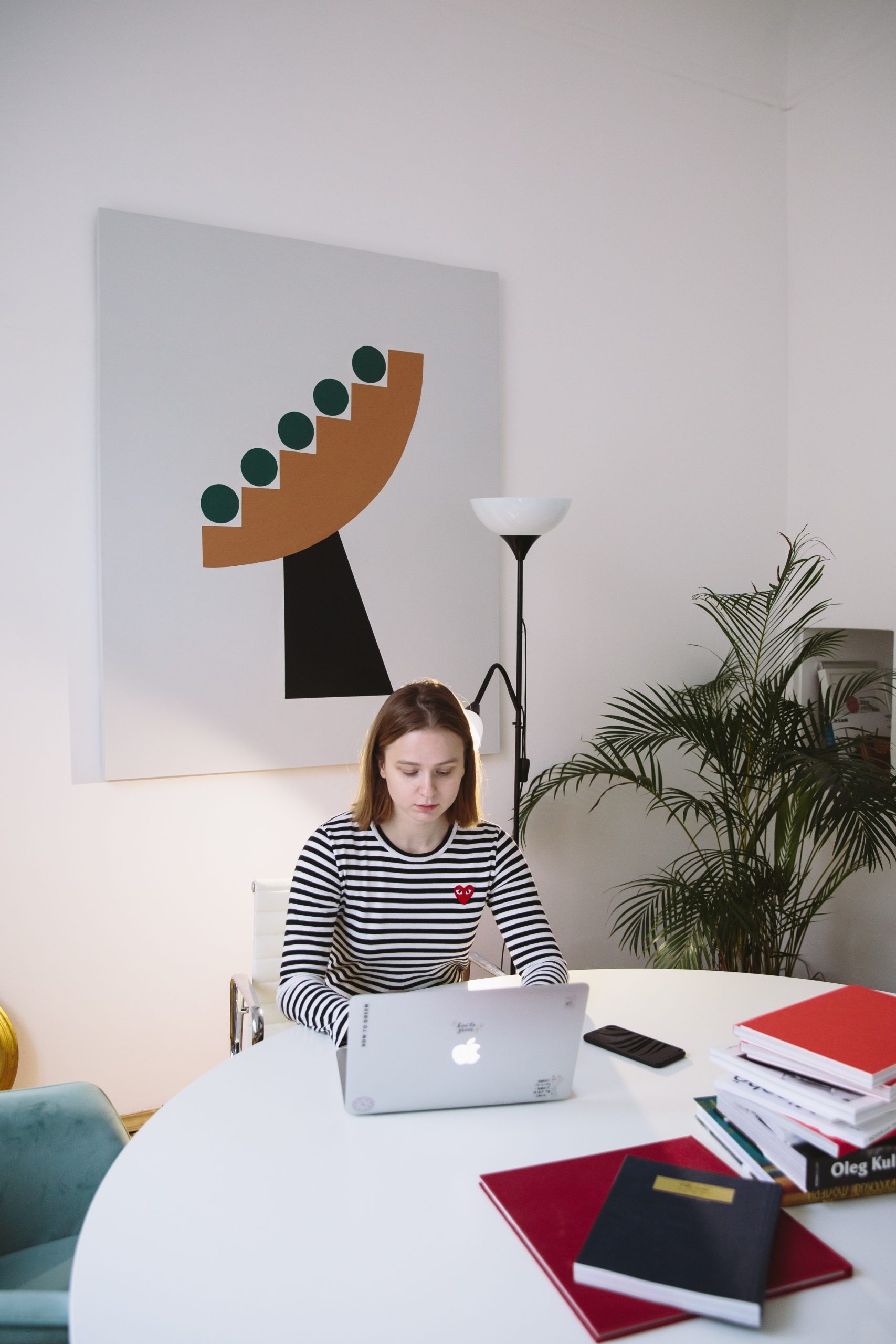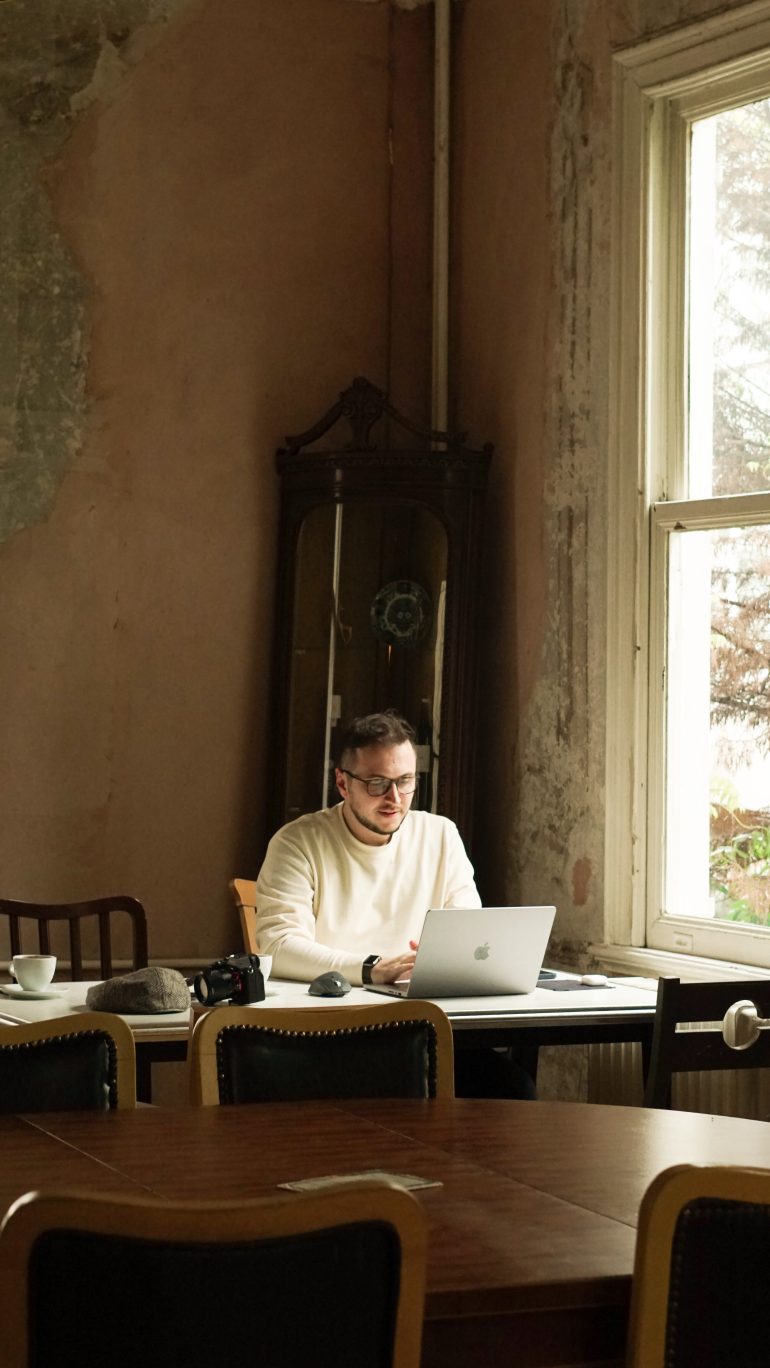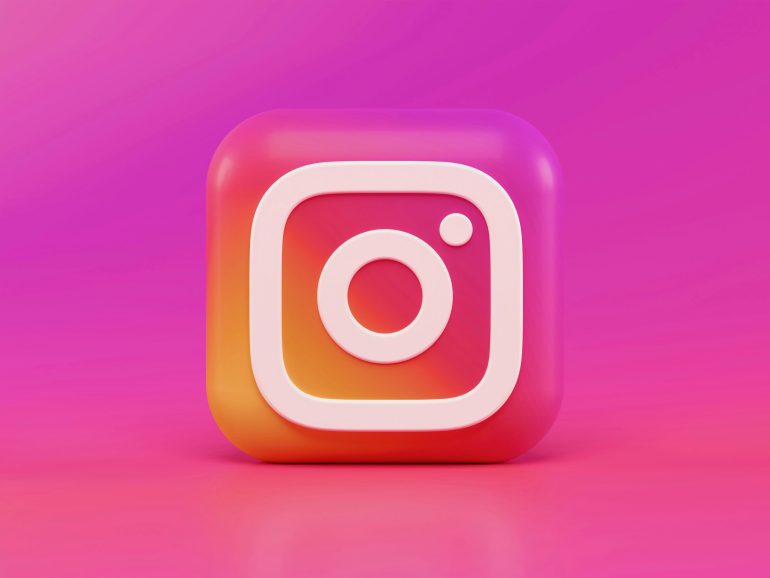How to Design a Print Banner?
Print banners are an effective way to advertise products, services, or events. A well-designed banner can grab people’s attention and leave a lasting impression. However, designing a print banner can be a challenging task, especially if you are new to graphic design. In this article, we will provide you with a step-by-step guide on how to design a print banner.

Step 1: Define Your Purpose and Audience
Table of Contents
Before you start designing your print banner, you need to define your purpose and audience. What is the message you want to convey? Who is your target audience? What are their interests and preferences? Answering these questions will help you create a design that resonates with your audience and achieves your goals.
Step 2: Choose the Right Size and Format
The size and format of your print banner are crucial to its effectiveness. You need to choose a size and format that is appropriate for your message and location. For instance, a large banner may be suitable for outdoor events, while a smaller one may be more appropriate for indoor events.
Step 3: Create a Design Brief
Once you have defined your purpose, audience, size, and format, you need to create a design brief. A design brief is a document that outlines the requirements, goals, and constraints of your design project. It should include information such as the message you want to convey, the color scheme, typography, images, logos you want to use, and any other specific requirements.
Step 4: Choose the Right Typography
Typography plays a crucial role in the effectiveness of your print banner. You need to choose a font that is legible and easy to read from a distance. Avoid using fancy or decorative fonts that can be hard to read. Stick to simple, clean, and bold fonts that are easy to read even from a distance.
Step 5: Use Colors Effectively
Colors can evoke emotions and create a mood. You need to choose colors that are appropriate for your message and audience. For instance, if you want to convey a sense of urgency, you may want to use red or orange. If you want to convey a sense of calmness, you may want to use blue or green. However, be careful not to use too many colors as this can make your design look cluttered and confusing.

Step 6: Use Images and Logos
Images and logos can add visual interest to your print banner. However, you need to use them effectively. Choose images and logos that are relevant to your message and audience. Avoid using stock images that are generic and overused. If possible, use original images or commission a photographer to take pictures that are unique to your brand.
Step 7: Consider the Layout
The layout of your print banner is also important. You need to arrange your text, images, and logos in a way that is visually appealing and easy to read. Use hierarchy to prioritize your message and make sure that the most important information is the most prominent.
Step 8: Review and Refine Your Design
Once you have created your initial design, you need to review and refine it. Ask for feedback from colleagues, friends, or family members. Make sure that your design meets the requirements of your design brief and is effective in conveying your message.
Step 9: Prepare Your File for Printing
Once you are happy with your design, you need to prepare your file for printing. Make sure that your file is in the correct format and resolution. Convert all text to outlines to avoid font compatibility issues. Save your file in a format that is suitable for printing, such as PDF or EPS.
In conclusion, designing a print banner requires careful planning, attention to detail, and a good understanding of your audience and message. By following the steps outlined in this article, you can create an effective print banner, visually appealing, and meets the requirements of your design brief. A well-designed print banner can attract potential customers and make a lasting impression on them.







